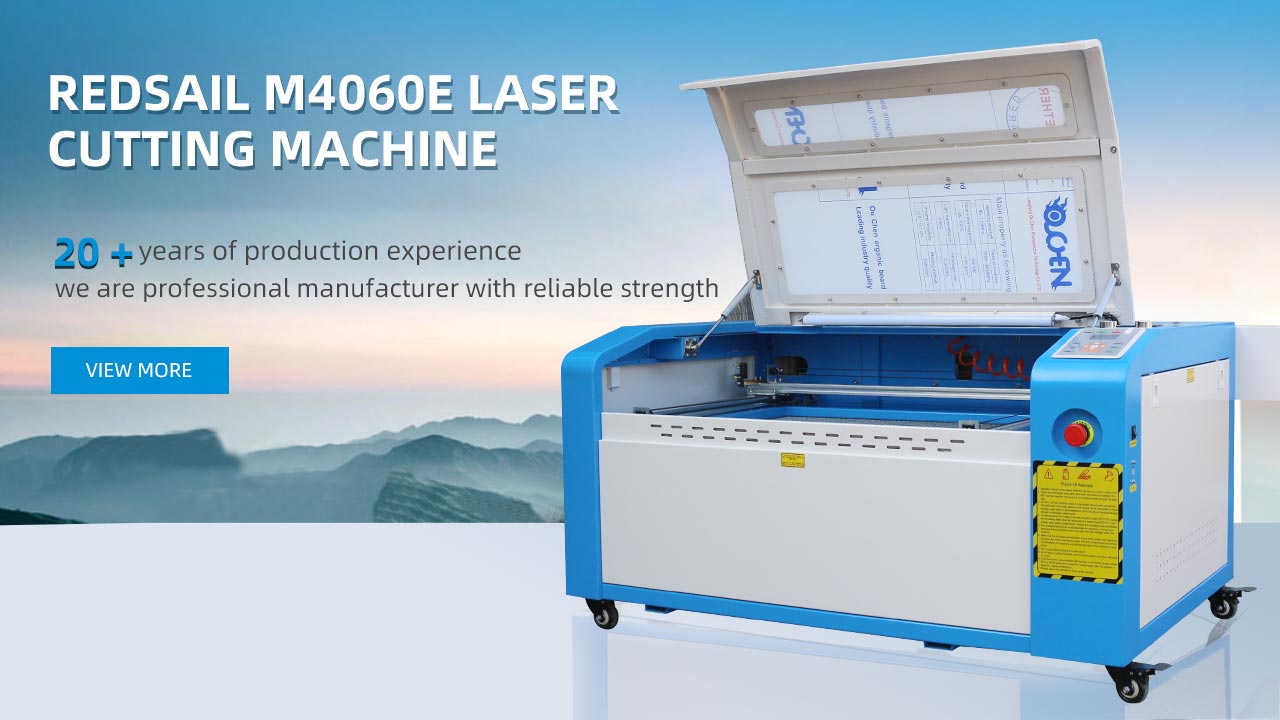Can CO2 Laser Cut Rubber? Exploring the Potential and Feasibility
Introduction
Rubber is a versatile material extensively used in various industries, including automotive, electronics, aerospace, and manufacturing. Cutting rubber accurately and efficiently is essential for creating different products. While traditional methods like knife cutting or die-cutting may work well, there is growing interest in utilizing laser cutting technology to offer precise and intricate cuts. This brings us to the question: Can CO2 lasers cut rubber? In this article, we will explore the potential and feasibility of using CO2 lasers to cut rubber.
The Science Behind CO2 Laser Cutting
CO2 lasers are commonly used for laser cutting due to their high power and ability to cut through a wide range of materials. They emit a concentrated beam of infrared light, typically at a wavelength of 10.6 micrometers. This wavelength is well-suited for cutting non-metallic materials like wood, paper, plastics, and rubber.
Properties of Rubber
Before delving into whether CO2 lasers can cut rubber, it is important to understand the properties of rubber. Rubber is an elastomer, which means it has the ability to return to its original shape after deformation. It is a highly elastic material, resistant to abrasion and wear, and has excellent insulating properties.
Potential of CO2 Laser Cutting for Rubber
CO2 lasers have shown promising potential in cutting rubber due to their ability to provide clean and precise cuts. The focused laser beam can vaporize or melt the rubber, allowing for intricate shapes and designs. The process is non-contact, eliminating the risk of material distortion or damage. Laser cutting also offers the advantage of minimizing material waste and reducing production time.
Feasibility of CO2 Laser Cutting for Rubber
Although CO2 lasers can be effective for cutting rubber, some considerations need to be taken into account to ensure feasibility:
1. Material Thickness
CO2 lasers are more suitable for cutting thin to medium thickness rubber materials. Thicker rubber may require higher laser power and slower cutting speeds, affecting productivity and precision.
2. Material Type
The type of rubber being cut can also affect the feasibility of CO2 laser cutting. Natural rubber and synthetic rubbers like neoprene and silicone are more amenable to laser cutting. Harder rubber compounds may require specialized laser settings or alternate cutting methods.
3. Laser Power and Settings
The laser power, cutting speed, and focus of the laser beam need to be carefully adjusted to achieve optimal cutting results. Different rubber materials may require different laser settings, necessitating experimentation and fine-tuning.
FAQs
1. Can CO2 lasers cut through all types of rubber?
CO2 lasers can cut through most rubber materials, including natural rubber and synthetic rubbers like neoprene and silicone. Harder rubber compounds may require specialized settings or alternative cutting methods.
2. What are the advantages of using CO2 lasers to cut rubber?
CO2 laser cutting offers precise and clean cuts, intricate designs, and reduced material waste. It is a non-contact process that minimizes the risk of material distortion or damage.
3. Are there any limitations or challenges with CO2 laser cutting for rubber?
The thickness of the rubber material and its composition can affect the feasibility of CO2 laser cutting. Thicker rubber may require higher laser power and slower cutting speeds, while harder rubber compounds may require specific laser settings or alternate cutting methods.
4. What are the alternative methods for cutting rubber?
Traditional methods like knife cutting or die-cutting can be used for cutting rubber. Waterjet cutting and ultrasonic cutting are also viable options, depending on the specific requirements of the application.
Conclusion
CO2 lasers have shown significant potential in cutting rubber materials, offering precise and intricate cuts without material distortion or damage. While certain limitations and considerations need to be addressed, such as material thickness and composition, CO2 laser cutting can be a viable alternative to traditional methods. As technology advances and laser cutting techniques continue to improve, the feasibility of utilizing CO2 lasers for cutting rubber is expected to further increase.





